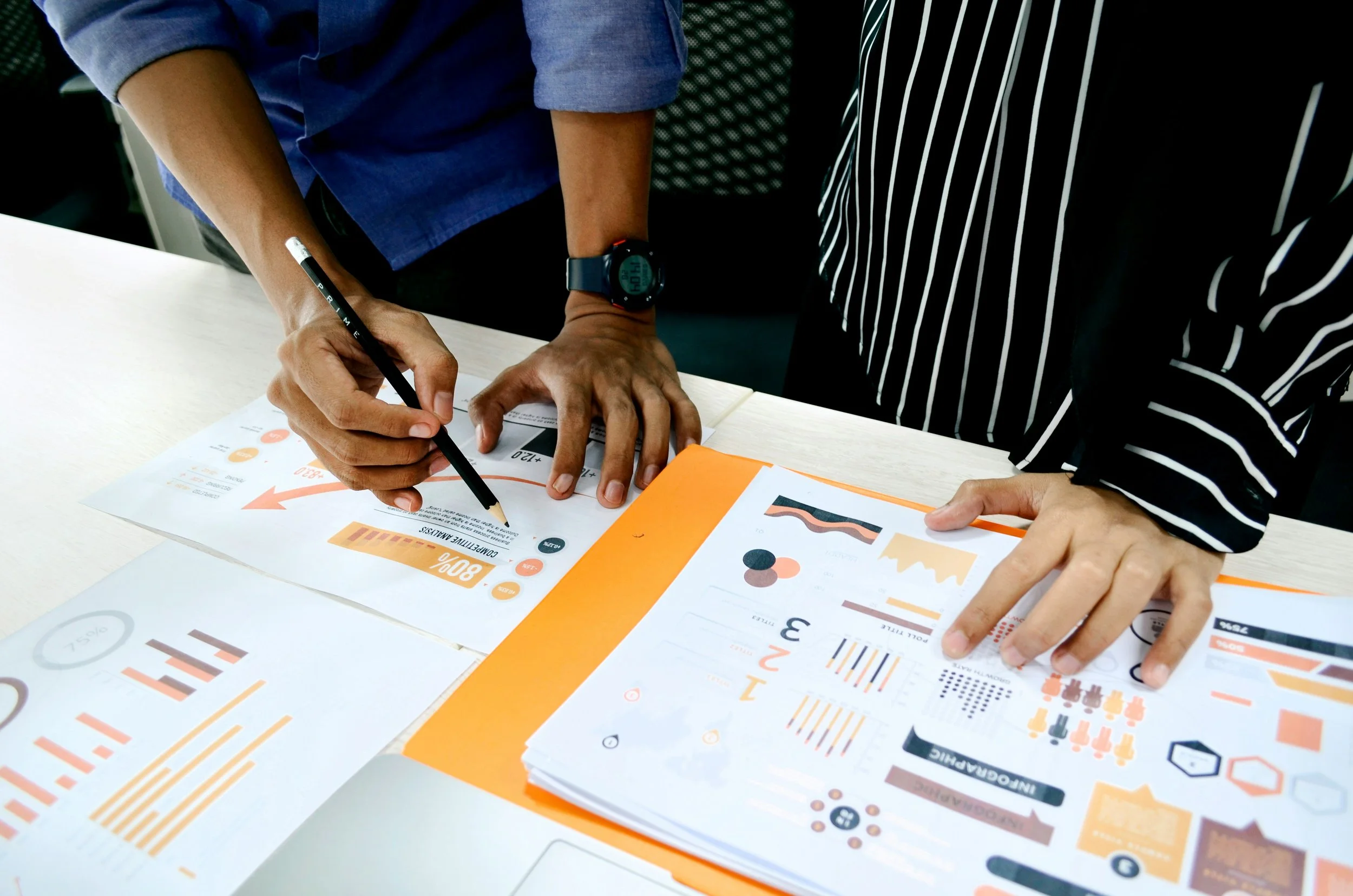Smart Returns - Understanding Gen Z & Alpha Shoppers
A fashion brand targeting Generation Z and early Alpha faces a high volume of returns in its e-commerce channel, generating a negative impact at the economic, operational, and customer experience levels.
Problem - Solution
There is a strategic need to reduce these returns.
The proposal is to develop a digital tool or service within the e-commerce platform that helps lower the return rate without compromising the shopping experience.
Study Objectives
Understand the real causes behind returns, especially in relation to the behaviors and expectations of Gen Z and Alpha consumers.
Identify opportunities to improve the purchase process and product presentation to support the design team.
Contribute to a solution that is useful, feasible, and aligned with the digital consumption habits of this generation.
Project Kickoff summary
Alignment with business objectives and definition of the study
Exploratory analysis of the current ecosystem
Hypothesis formulation and research planning
My role
Lead the research strategy, combining exploratory studies, quantitative analysis, journey mapping, and co-creation workshops to generate actionable insights.
Workflow and Phases
-
Phase of research
Understanding the Context
Gather background information, align with business goals, and define research questions.Planning
Select appropriate methods (quantitative, qualitative, or mixed), define participants, and prepare materials. -
Synthesis & Opportunity Definition
Data Collection
Conduct interviews, surveys, usability tests, or data analysis depending on the phase and objective.Analysis & Synthesis
Identify patterns, extract insights, and connect findings to user needs and business objectives. -
Design Co-creation
Sharing & Alignment
Present findings to stakeholders, co-create solutions with design and product teams, and ensure alignment.Iteration & Follow-up
Refine hypotheses, test new ideas, and repeat the cycle as needed to support continuous improvement.
Timeline & General Aproach
Agile and Iterative Approach:
We will work in short cycles, validating hypotheses in phases and adapting the plan based on what we discover along the way.
Mixed-Methods Research:
We will alternate between quantitative and qualitative techniques to gain both breadth and depth of understanding.User-Centric but Business-Connected:
All findings will be aligned with the strategic goal (reducing returns) and continuously shared with both design and business teams.
Team involvement
-
It would involve all key roles to varying degrees, fostering collaboration and smooth communication.
It would adopt an agile approach, delivering incremental insights that provide continuous value.
It would maintain clear visibility of the process and outcomes so that research drives , rather than delays product delivery.
-
Product Owner: Very closely, to fully understand what’s needed and ensure the research is heading in the right direction.
Product Designer: I’d work hand-in-hand to define what we want to explore and quickly test ideas together.
Data Analyst: I’d ask for their support to interpret the numbers and identify meaningful patterns.
Developers: I’d consult with them to understand what’s technically feasible and how we could implement changes.
QA (Quality Assurance): I’d keep them informed so they can ensure everything works properly when changes are made.
Other Researchers: I’d collaborate to share learnings and avoid duplicating efforts.
-
Involve everyone from the beginning so they understand what we’re doing and why.
Communicate frequently through short meetings and clear messages to share progress.
Conduct research in small, fast iterations so we can see results without long waits.
Involve designers and developers in testing to validate solutions quickly.
Document everything clearly so anyone can access the information without delays.
Adapt the plan based on what the team needs at each moment.
Manage all tasks and progress using Jira tickets, so each team knows their responsibilities, deadlines, and the status of each activity. This helps avoid confusion and keeps everything flowing smoothly.
Methods applied
-

Explorative Studies
Uncover user needs and behaviors. Interviewing customers who returned items to understand their expectations, frustrations, and decision-making process during purchase.
-

Quantitative Methods
Validate insights with data. Return Rate Analysis. Analyzing return data segmented by product type, size, and user profile to identify patterns and validate hypotheses about sizing or quality issues.
-

Journey Mapping
Visualize pain points and opportunities. Customer Journey Map Mapping the end-to-end experience from browsing to post-purchase to identify pain points like unclear sizing guides or misleading product photos.
-

Workshops
Co-creation Workshop with Users and Designers. Bringing together frequent returners and the design team to ideate improvements in product presentation, sizing tools, and post-purchase communication.

